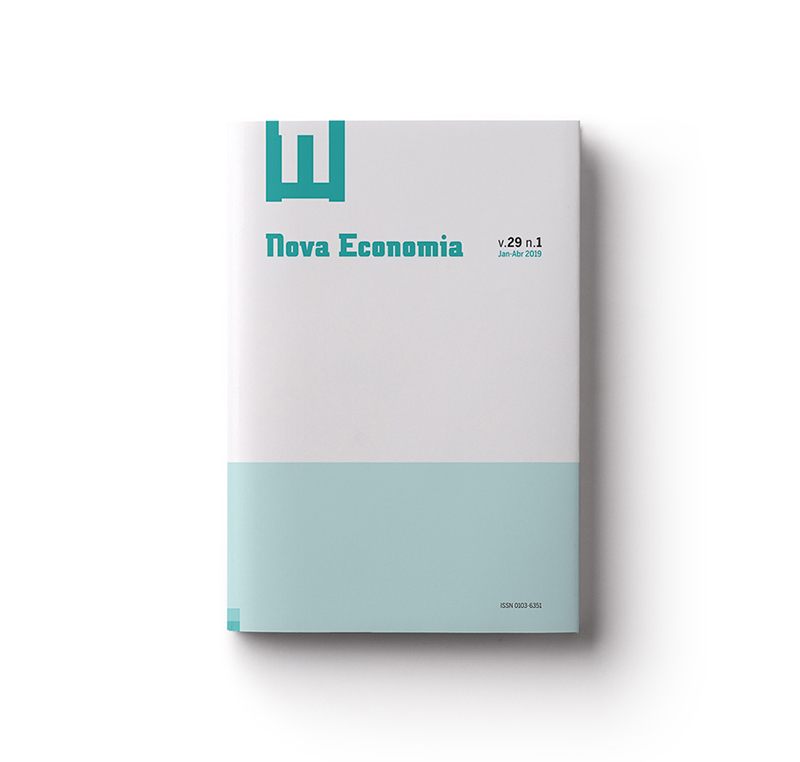O aumento da pobreza em 2015 e a crescente desigualdade etária e regional entre os pobres no Brasil
Resumo
Este artigo tem três objetivos. Primeiro, apresentar indicadores de pobreza para 2015, quando a crise macroeconômica levou ao seu agravamento em todas as regiões e áreas do país. Segundo, discutir a evolução de longo prazo enfatizando o período 2004-2015, caracterizado por melhoria sustentada dos indicadores e convergência espacial dos resultados até a reversão de 2015. Terceiro, mostrar que a queda da pobreza de 2004/2014 se fez acompanhar pelo agravamento da desigualdade na pobreza quanto a dois aspectos críticos: o regional - a desigualdade entre as cinco regiões aumentou, acentuando a dicotomia Norte/Nordeste versus Centro-Sul; e o etário, já que redução da pobreza e da indigência não beneficiou primordialmente as crianças, que em 2015 ainda tinham participação na pobreza e na indigência que era o dobro da sua participação na população em geral. Ao final são tratadas medidas de política passíveis de reduzir os efeitos da crise sobre os mais pobres.
Downloads
Publicado
Como Citar
Edição
Seção
Licença
Autore[a]s que publicam nesta revista concordam com os seguintes termos:
- Autore[a]s mantém os direitos autorais e concedem à revista o direito de primeira publicação, com o trabalho simultaneamente licenciado sob a Licença Creative Commons Atribuição 4.0 Internacional que permite o compartilhamento do trabalho com reconhecimento da autoria e publicação inicial nesta revista.
- Autore[a]s têm autorização para assumir contratos adicionais separadamente, para distribuição não-exclusiva da versão do trabalho publicada nesta revista (ex.: publicar em repositório institucional ou como capítulo de livro), com reconhecimento de autoria e publicação inicial nesta revista.
- Autores têm permissão e são estimulados a publicar e distribuir seu trabalho online (ex.: em repositórios institucionais ou na sua página pessoal) a qualquer ponto antes ou durante o processo editorial, já que isso pode gerar alterações produtivas, bem como aumentar o impacto e a citação do trabalho publicado (Veja O Efeito do Acesso Livre).




